New Printable Worksheets and Lesson Activities
English Language Arts
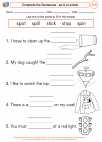
Use grammar concepts and skills that strengthen oral and written language
Distinguish between complete and incomplete sentences

Use grammar concepts and skills that strengthen oral and written language
Distinguish between complete and incomplete sentences
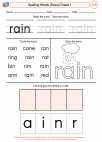
Conventions of Standard English
Demonstrate command of the conventions of Standard English capitalization, punctuation, and spelling when writing.
Use conventional spelling for words with common spelling patterns and for frequently occurring irregular words.
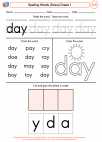
Conventions of Standard English
Demonstrate command of the conventions of Standard English capitalization, punctuation, and spelling when writing.
Use conventional spelling for words with common spelling patterns and for frequently occurring irregular words.
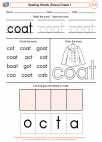
Conventions of Standard English
Demonstrate command of the conventions of Standard English capitalization, punctuation, and spelling when writing.
Use conventional spelling for words with common spelling patterns and for frequently occurring irregular words.
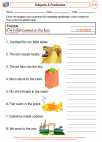
Language
Checks for Understanding (Formative/Summative Assessment)
Identify the subject and predicate of a sentence (simple and compound).
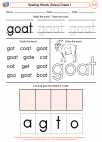
Conventions of Standard English
Demonstrate command of the conventions of Standard English capitalization, punctuation, and spelling when writing.
Use conventional spelling for words with common spelling patterns and for frequently occurring irregular words.
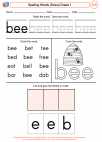
Conventions of Standard English
Demonstrate command of the conventions of Standard English capitalization, punctuation, and spelling when writing.
Use conventional spelling for words with common spelling patterns and for frequently occurring irregular words.
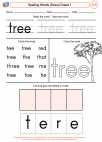
Conventions of Standard English
Demonstrate command of the conventions of Standard English capitalization, punctuation, and spelling when writing.
Use conventional spelling for words with common spelling patterns and for frequently occurring irregular words.
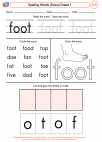
Conventions of Standard English
Demonstrate command of the conventions of Standard English capitalization, punctuation, and spelling when writing.
Use conventional spelling for words with common spelling patterns and for frequently occurring irregular words.
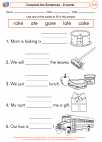
Use grammar concepts and skills that strengthen oral and written language
Distinguish between complete and incomplete sentences
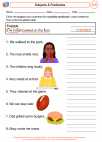
Language
Checks for Understanding (Formative/Summative Assessment)
Identify the subject and predicate of a sentence (simple and compound).
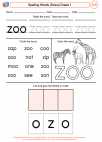
Conventions of Standard English
Demonstrate command of the conventions of Standard English capitalization, punctuation, and spelling when writing.
Use conventional spelling for words with common spelling patterns and for frequently occurring irregular words.
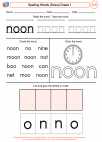
Conventions of Standard English
Demonstrate command of the conventions of Standard English capitalization, punctuation, and spelling when writing.
Use conventional spelling for words with common spelling patterns and for frequently occurring irregular words.
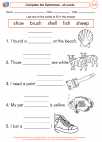
Use grammar concepts and skills that strengthen oral and written language
Distinguish between complete and incomplete sentences
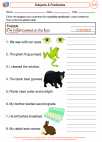
Language
Checks for Understanding (Formative/Summative Assessment)
Identify the subject and predicate of a sentence (simple and compound).
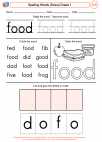
Conventions of Standard English
Demonstrate command of the conventions of Standard English capitalization, punctuation, and spelling when writing.
Use conventional spelling for words with common spelling patterns and for frequently occurring irregular words.
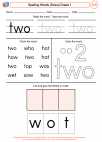
Conventions of Standard English
Demonstrate command of the conventions of Standard English capitalization, punctuation, and spelling when writing.
Use conventional spelling for words with common spelling patterns and for frequently occurring irregular words.
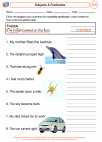
Language
Checks for Understanding (Formative/Summative Assessment)
Identify the subject and predicate of a sentence (simple and compound).
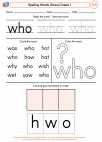
Conventions of Standard English
Demonstrate command of the conventions of Standard English capitalization, punctuation, and spelling when writing.
Use conventional spelling for words with common spelling patterns and for frequently occurring irregular words.